CWD Confirmed In Outagamie County

The Wisconsin Department of Agriculture, Trade and Consumer Protection (DATCP) confirms that a deer farm in Outagamie County has tested positive for chronic wasting disease (CWD). Positive samples were confirmed by the National Veterinary Services Laboratories in Ames, Iowa.
The farm was already under quarantine after receiving animals from a CWD affected farm. The herd of approximately 30 deer will remain under quarantine while an epidemiological investigation is conducted by DATCP and U.S. Department of Agriculture (USDA) veterinarians and staff.
CWD is a fatal, neurological disease of deer, elk and moose caused by an infectious protein called a prion that affects the animal’s brain, and testing for CWD is typically only performed after the animal’s death. DATCP regulates deer farms for registration, recordkeeping, disease testing, movement and permit requirements.
Promote Ag Online & On Campus
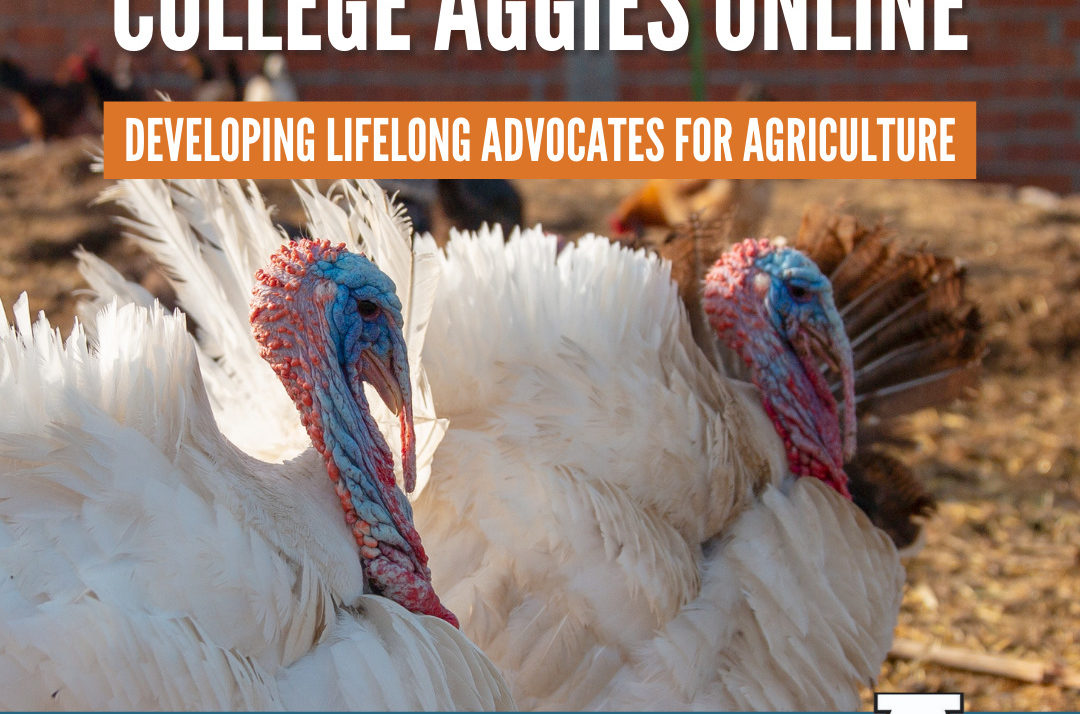
The Animal Agriculture Alliance’s annual College Aggies Online scholarship competition kicks off Sept. 13.
The program is open to undergraduate, graduate students, collegiate clubs and classes who will receive nine weeks of interactive and educational content to learn how to engage about food and agriculture online and in their communities. Last year students were awarded more than $20,000 in scholarships.
“Being involved with College Aggies Online gives us the opportunity to work with Gen Z agriculture experts, who can be effective at delivering our story of responsible food production to their peers,” says Don Schindler, Dairy Management Inc.’s senior vice president of digital innovations. “The students involved with this program are the leaders and advocates of tomorrow, so it’s important to the dairy industry and our farmers that we help foster and develop their communications skills to help make sure this next generation of consumers understands where their food comes from and who produced it.”
College Aggies Online helps students become confident and effective communicators on behalf of agriculture.
The individual competition is a completely virtual experience. Students receive guidance from industry experts and farmer mentors on how to write blog posts, create viral social media posts and design eye-catching infographics, for example. The club competition provides both in-person and virtual engagement opportunities for college clubs and classes to engage with peers on campus about agriculture.
Collegiate clubs and classes have 10 challenge categories available to choose from to earn points. In the “Undeniably Dairy” challenge sponsored by DMI, clubs are encouraged to partner with local dairy farmers and checkoffs to share the nutritional benefits of dairy and how its produced with students on campus. Other examples of club challenges include a farm tour, hosting an “Ask a Farmer” panel, bringing ag to a local K-12 class and collaborating with the campus dining community. Challenges are adaptable to in-person or virtual.
Students interested can sign up: https://animalagalliance.org/initiatives/college-aggies-online/
Farm Safety Optimism Too High For Women
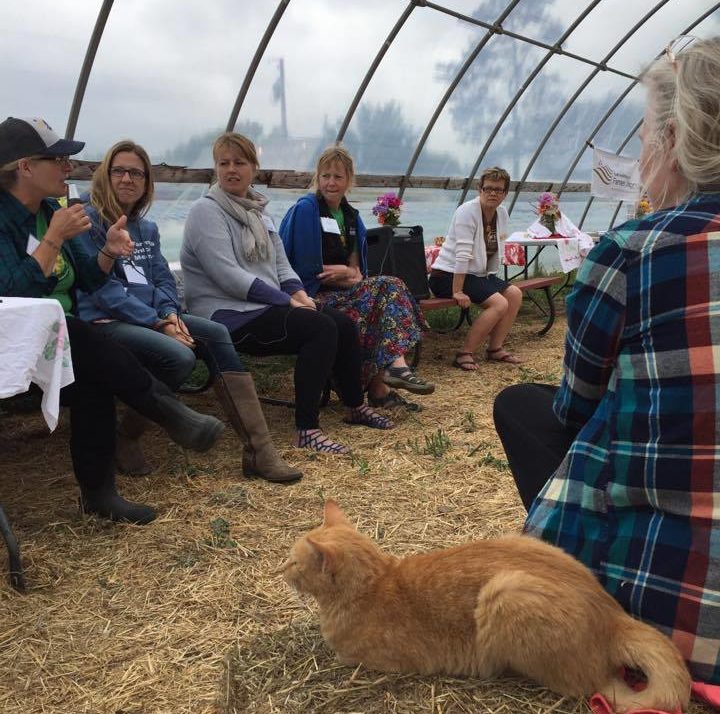
When it comes to agricultural safety and health, we humans can be too optimistic. Take, for example, women who are new to organic farming. A recently published study indicates that these farm moms may have an optimism bias about how safe their farms are for children. This bias – the belief that they and their families are less likely than average to experience a farm injury or other negative safety event – could potentially cause these mothers to ignore or downplay safety messages.
“Childhood Agricultural Injury Prevention Among Organic Farmer Mothers,” published in the Journal of Agromedicine, was based on data collected at four new women farmer educational events hosted by MOSES—Midwest Organic & Sustainable Education Service, based in Spring Valley, Wis. Participants answered a short, self-administered questionnaire.
“While the participants acknowledged that farming could be dangerous, they believed at a very high rate that their farm was safer than other farms,” said co-author Kathrine Barnes, M.S., M.P.H., a project manager with the National Farm Medicine Center, Marshfield Clinic Research Institute, Marshfield, Wis.
Rates of organic farms and women organic farmers are increasing. Since many of these women are of child-bearing age, and child agricultural injury is a significant threat, the authors said it is important to better understand these mothers’ attitudes toward child injury risk and their sources of safety knowledge.
The study was supported by the National Children’s Center for Rural and Agricultural Health and Safety under a grant from the National Institute for Occupational Safety and Health (NIOSH).
Overcoming the optimism bias
Among respondents with children, nearly half (47 percent) rated the typical farm unsafe for children. Among those same respondents, 82 percent agreed their farm is safer for a child compared to similar farms.
“The optimism bias didn’t surprise me as it’s understandable that we as mothers feel we are doing the best we can to prioritize safety,” said Lisa Kivirist, a co-author of the report and member of MOSES at the time of the survey.
The use of messaging to overcome bias has been well-studied, Barnes said, but she’d like to see more research on adapting messages for a farm audience.
“I think it would be really cool to study … how that messaging actually ends up influencing people’s behavior,” she said.
New women farmers face challenges
Barnes said the research team got good response to the questionnaire, which was distributed to women at events centered on organic and sustainable agriculture — not safety. The women had paid to attend and travel to the events. The sample size was small, she said, with most attendees from the upper Midwest.
“Analysis on such a small group wasn’t complex,” Barnes said. “But we found that they were very optimistic about farming. They spoke qualitatively … glowingly about the ability to raise children on their farm.”
Respondents tended to be from city centers who were new to farming and had not grown up on farms. Many either had children or intended to have them in the near future. The parents wanted to raise their children on a farm and were interested in home schooling.
“With a large segment of new women farmers coming into farming without an agricultural background or from a farming family, many of these issues are completely new and not on their radar,” Kivirist said. “I found the opportunity to have an impact via education with beginning and new women farmers to increase understanding and awareness of these important on-farm safety issues very important.”
As a safety researcher, Barnes sees a classic problem. “We care very deeply about keeping farmers and everyone who visits or works at a farm safe. But that’s not top-of-mind for everyone who’s driven to feed and nourish the nation,” she said.
As a result of talking with these women, Barnes would like to nestle a safety message into something more appealing.
She noted the women who attended the conferences were self-motivated to learn about and achieve organic certification, to find sources of money for their farms and to learn new farming techniques. “But for safety, they don’t go out of their way to search out that literature,” Barnes said.
“No one wants to attend a safety session for anything,” agreed Jennifer Nelson, organic specialist contractor with MOSES. “It’s too scary. It’s not as fun.” MOSES offers a beginning farmer intensive program, which offers lots of information on business planning, marketing and growing a farm business, but attendees want to know how to grow blueberries, she said.
Because many parents are interested in home schooling – especially during COVID – safety messages could be incorporated into a curriculum on the farm. Physics, chemistry, biology and safety could be teaching tools, Barnes said. For example, a lesson could teach the physics of how a tractor rolls over and why a roll bar works. Another could explain how pesticides and herbicides work, what happens when they get into the body and how to keep ourselves safe. That safety message can be embedded into things that are more relevant to farmers’ day-to-day lives.
Kivirist agrees to an extent. “Homeschoolers would be a great but tricky population to connect with as curriculum and communications are not centralized. Sharing information at women-farmer focused field days and beginning farmer trainings, particularly shared by peers, would be an effective target.”
Learning from their peers
That concept lends itself to the type of networking and knowledge transfer between peers seen at MOSES events, Barnes said. New female organic farmers may prefer word-of-mouth-type and experiential resources over those that seem authoritative, according to the research data.
“They were thirsty for connection to other people in their situation,” Barnes said.
As a result, “People with a lot of knowledge became very popular at these events,” Barnes said, because of “that feeling that someone else in my position will give me information I can trust.”
Nelson agreed. “In a rural area, you’re isolated, so you crave these relationships with other farm mamas,” she said. “It’s really a network-based community.”
“The learning circle model of peer-based learning is very effective with women and draws on our natural collaborative learning style,” Kivirist said.
Connecting with community groups and organizations that serve these women could be another way to deliver a safety message and benefit the farmer.
“On-farm safety related to kids is a vital but still often overlooked topic,” Kivirist said. “There is strong opportunity to connect with and instill among the beginning women farmer population the inherent importance of safety and to keep that a priority in their farm practice, just as food safety practices are.”
In addition to Barnes and Kivirist, authors included Josie Rudolphi, Ph.D., University of Illinois, and Casper Bendixsen, Ph.D., National Farm Medicine Center.
The National Children’s Center offers child injury prevention information and resources at www.cultivatesafety.org. In addition, the National Children’s Center will be hosting a three-part Child Agricultural Safety and Health Workshop online Sept. 14, 21 and 28.
Optimize Cow Performance, Labor Efficiency
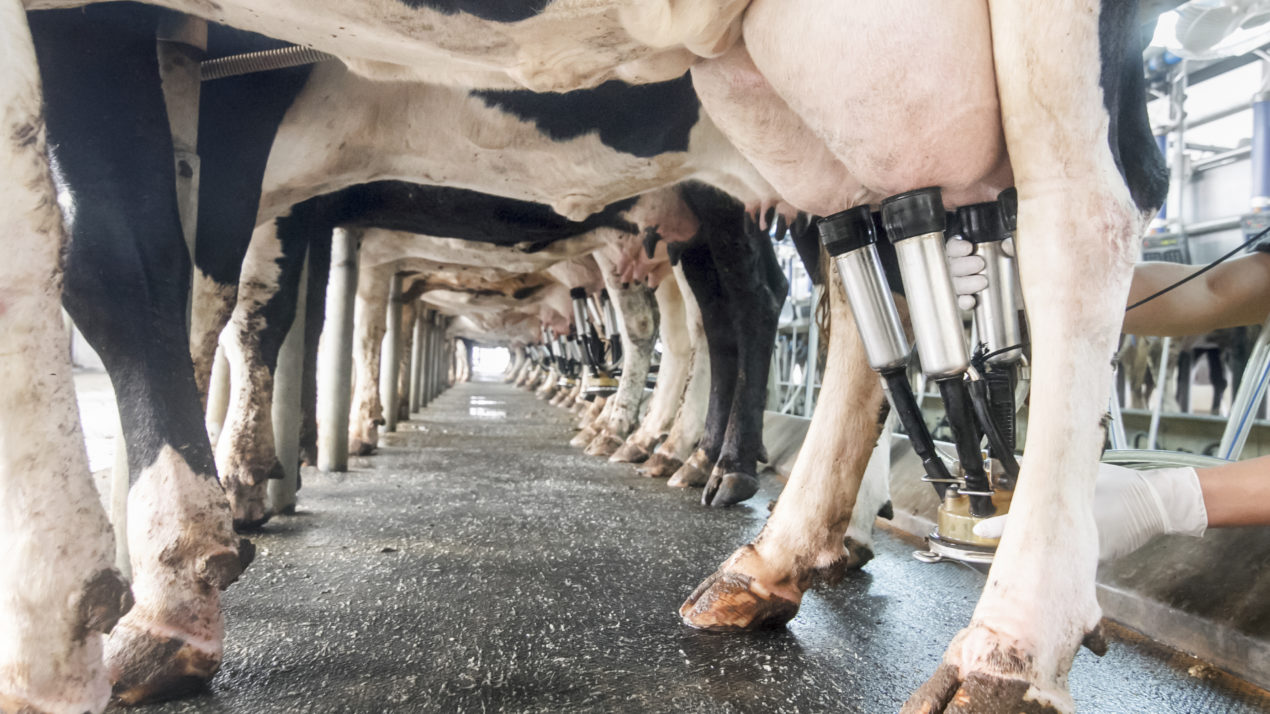
The Dairyland Initiative is inviting all who are involved in the dairy industry — from builders to vets to farmers — to its upcoming virtual workshops.
Attend one or both workshops titled Positive Pressure Tube Ventilation Design on Sept. 15 or Automated Milking Systems Facility Design on Sept. 16.
Back by popular demand, Nigel Cook and Courtney Halbach of the School of Veterinary Medicine at UW-Madison will dive into the design of PPTV systems for calf barns and other applications, and then they’ll discuss the latest trends in AMS facility design with specific focus on robot and pen layout to optimize cow performance and labor efficiency.
The PPTV workshop will be available live and recorded, but the AMS workshop will only be available live.
Dairy farmers are eligible for a discounted rate.
See the brochure for more information and register today at https://uw.ungerboeck.com/prod/emc00/register.aspx?OrgCode=10&EvtID=26437&AppCode=REG&CC=121081026516 before spaces fill up.
Co-op Takes CSA To Next Level
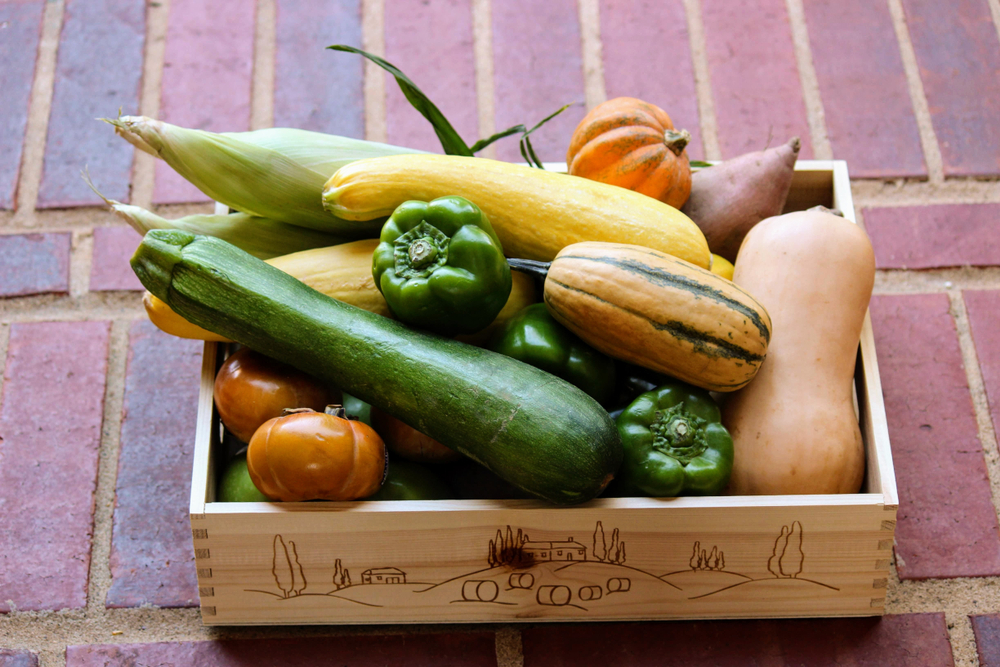
A group of southern Wisconsin farmers and food producers are opening the Community Kitchen Co-op, which will use a community supported agriculture model to provide fully prepared locally sourced meals, bakery, dairy, eggs and more to subscribers.
The Wisconsin Economic Development Corp. is supporting the effort with a $48,900 grant.
“As a community effort, this truly helps address economic well-being for rural residents,” says Missy Hughes, secretary and CEO of WEDC. “This model, which organizers hope can be replicated elsewhere, gives farmers and food producers reliable income and ensures that everyone is making a wage of at least $15 an hour. Their commitment to local food and preserving produce also cuts down on waste and aids the environment.”
For $165 a month, subscribers receive two fully prepared dinners that each serve two people; two portions of a lunch soup or salad; two portions of crackers, bread or rolls; two portions of vegetables or salad; and an additional two portions of a prepared grain or additional seasonal vegetable each week. Additional local food and customization options — including regular and gluten-free breads and desserts, eggs and more — can be added.
Food can be picked up at locations throughout the area including in Monticello, Monroe, Brodhead and Madison. It can also be delivered within a 20-mile radius of the kitchen including to residents in Madison, Verona, Fitchburg and other nearby locations.
The first “Eater” shares will go out the week of Oct. 5, says Dela Ends, president of the co-op’s board. Right now, staff are preserving local produce “like crazy” in a rented restaurant kitchen as the group works to finish and license its own building in Monticello.
“People are thinking more about where their food comes from,” Ends explains. “There are really a lot of people who don’t like to cook but they want to have healthy and local food.”
Ends, who has run a CSA business with her husband for many years, said that the idea — which organizers had talked about for years — is a way for rural communities to have some control over their food supply and their economies.
“Watching our neighbors go out of business is terrible,” Ends says, explaining that it is a chain reaction, leading other businesses to go out. Everything from the distances residents have to travel to shop for goods and services to the number of children in the school system is impacted by smaller farmers leaving agriculture, Ends adds.
That’s why this model is so important to try, she says. “Farmers are better supported. Consumers can buy locally.”
Corn Prices Rose In July
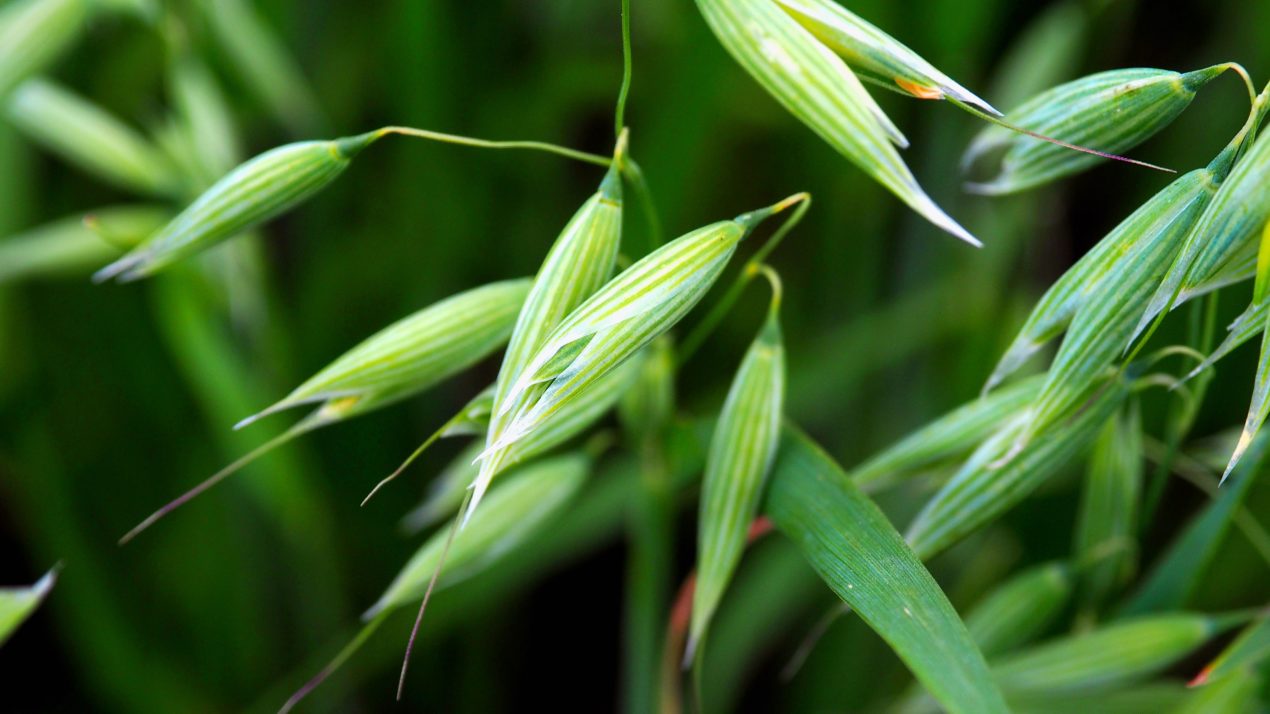
The average price received by farmers for corn during July in Wisconsin was $6.04 per bushel according to the latest USDA National Agricultural Statistics Service report. This was 39 cents above the June price and $2.99 above July 2020.
The July 2021 average price received by farmers for soybeans, at $14.40 per bushel, was 10 cents below the June price but $6.04 above the July 2020 price. The July average oat price per bushel, at $3.15, was 12 cents below June but 34 cents above July of last year.
All hay prices in Wisconsin averaged $153 per ton in July. This was $20 below the June price but $4 above the July 2020 price. The July 2021 alfalfa hay price, at $172, was $11 below the previous month but $9 above July of last year.
The average price received for other hay during July was $108 per ton. This was $10 below the June price and $11 below July last year.
Compeer Returns Record Patronage

Compeer Financial returned a record $145 million in patronage payments to eligible member-owners in August.
After seeing strong performance in the Compeer portfolio in 2020, the cooperative’s board of directors voted to increase this year’s patronage payment by $20 million.
Patronage payments are based on the amount of products and services purchased by member-owners, along with the organization’s financial performance. Including $52 million in allocated equities already paid out in February, in total, member-owners will receive over $197 million in patronage returns in 2021, which is nearly 45 percent of the organization’s 2020 adjusted earnings.
“The strength of our portfolio, including improved risk and solid earnings in 2020, led our board of directors to increase patronage payments to our member-owners,” says Rod Hebrink, president and CEO of Compeer Financial. “We recognize that it can make a big difference, especially as they’ve faced many challenges over the past year.”
Food Is No. 1 Item In Landfills

Organic waste — materials such as food and yard waste — was the largest category of waste found in landfills statewide, according to the DNR’s latest waste characterization study.
The study gives insight on what’s going into Wisconsin’s landfills. The DNR contracted with SCS Engineers to complete the study. Crews visited 14 landfills and one solid waste transfer station to hand sort 398 samples of solid waste from residential and commercial sectors. SCS staff also inspected 659 samples of construction and demolition debris.
The sorting took place Sept. through Nov. 2020 and March through April 2021. Study results are likely affected by the pandemic, but the two windows of collection should help minimize the impacts of any particular event within the pandemic, DNR says. The department adds that because the collections were in separate years, it should be regarded as representative of Wisconsin’s landfills.
Wasted food, which is formerly edible food that was spoiled or discarded without being eaten, was the largest component at 14.5 percent, and inedible food scraps, such as banana peels, was the third largest at 6 percent. Combined, these food wastes make up double the percentage found in a previous Wisconsin landfill study conducted in 2009.
“Focusing efforts to reduce organic wastes can make a significant difference in Wisconsin’s waste stream and the environment,” says Casey Lamensky, DNR’s solid waste coordinator. “In addition to taking up valuable landfill space, landfilling these materials contributes heavily to the production of methane, a greenhouse gas 28 times more powerful than carbon dioxide if released into the atmosphere.”
What can households do to reduce landfill food — and save money? Bring a list to the grocery store to prevent overbuying, store food properly and compost scraps.
The study results also indicate that the process of separating recyclables from the garbage bound for landfills could be improved. Diverting recyclables from the landfill would save money and supply raw materials to manufacturers, potentially allowing for more efficient production.
The 2020 study found increased amounts of recyclable materials relative to the 2009 study. These are recyclables that were mistakenly put into the trash instead of recycling bins. The types of recyclables that have increased in abundance in landfills since 2009 include No. 1 and No. 2 plastic containers, glass containers, aluminum and steel containers, cardboard and office paper.
Based on the results, the DNR estimates that in 2020, Wisconsinites threw away 490,300 tons of these recyclable materials with an estimated market value of more than $76 million. The recyclables that ended up in landfills could join the 754,000 tons processed each year and sent for reuse or recycling by facilities that manage residential recycling.
Wisconsin’s statewide recycling law is designed to provide recycling access to all residential properties, businesses and institutions.
“We know from surveys that some people don’t recycle because they believe separated recyclables end up in the landfill,” Lamensky says. “We want to encourage everyone to take advantage of their local recycling program. The recycling industry in Wisconsin is very good at getting these materials to buyers, so generally, once recyclables are placed in the recycling bin, they are not landfilled.”
A recycling success story: roofing shingles.
In 2009, shingles were the No. 2 material in the residential solid waste stream and the largest in the construction and demolition waste stream. Since then, recycling asphalt shingles, a process which consists of sorting out the roofing paper, grinding the shingles and remixing it in asphalt plants to be repurposed in roads, has become much more prevalent and the infrastructure has increased. Shingles no longer rank in the top 10 largest waste types for municipal waste.
The top five materials (by weight) found in Wisconsin landfills include:
- Wasted food that was formerly edible
- “Other flexible films” (e.g. candy wrappers and chip bags)
- Food preparation scraps that are not traditionally edible (e.g. peels, bones and shells)
- Textiles, including clothing, cloth furnishings and bedding
- “Compostable paper,” which is typically paper products that cannot be recycled, such as facial tissues and used paper plates
The DNR says it will continue to work closely with the Associated Recyclers of Wisconsin, recycling and composting facilities, landfill operators as well as local governments to promote ideas and policies to reduce unnecessary waste.
Midwest Ag Departments Say ‘Buy Local’
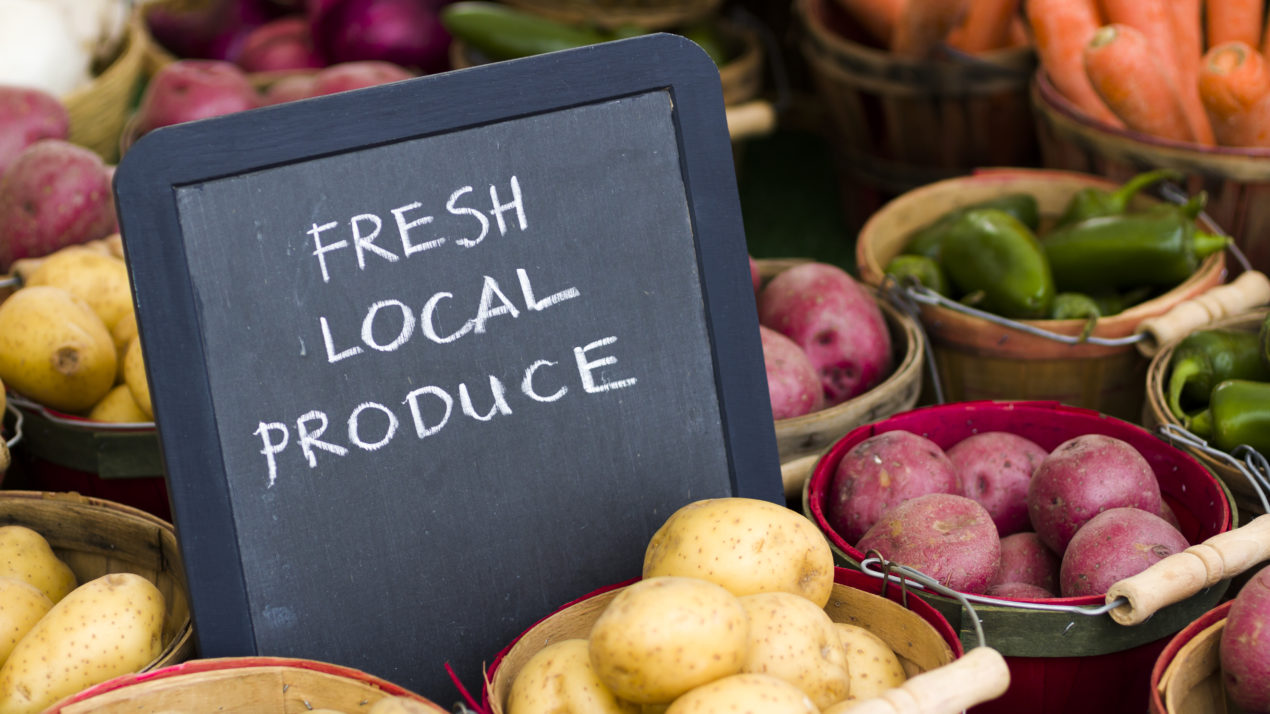
As states continue to revitalize and invest in their economies and support their small businesses, residents, visitors and consumers can help by buying from local farmers and food-based businesses, DATCP says.
A video featuring comments from state agriculture commissioners, directors and secretaries across the Midwest explains there are endless ways to help support the state’s farming, food and agricultural businesses, from buying fresh produce or jams at your favorite farmers market to eating at an area farm to table restaurant or picking up some tasty state made foods at the grocery store.
The following group of leaders also joined together to share their appreciation for agricultural and food workers:
- Jerry Costello II, Director, Illinois Department of Agriculture
- Bruce Kettler, Director, Indiana State Department of Agriculture
- Ryan Quarles, Commissioner, Kentucky Department of Agriculture
- Thom Petersen, Commissioner, Minnesota Department of Agriculture
- Gary McDowell, Director, Michigan Department of Agriculture & Rural Development
- Dorothy Pelanda, Director, Ohio Department of Agriculture
- Randy Romanski, Secretary-designee, Wisconsin Department of Agriculture, Trade and Consumer Protection
See the full video and a transcript: https://youtu.be/jrX-7CBYYkU
Cropland Rent Price Down Slightly
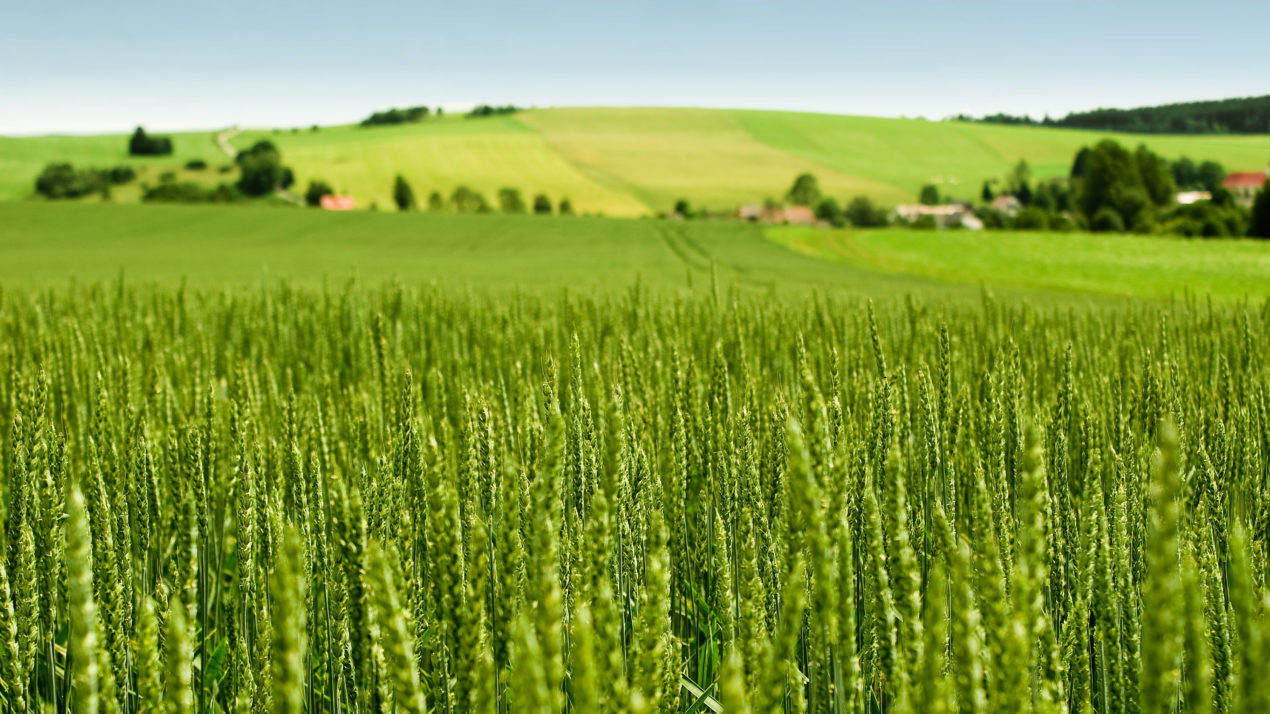
Non-irrigated cropland rent averaged $133 per acre in Wisconsin this year, a decrease of $5 from 2020.
This is according to the latest report released by USDA’s National Agricultural Statistics Service. Cash rent paid
for pasture in Wisconsin averaged $37 per acre in 2021, an increase of $2 from last year.
Lafayette County had the highest published average cash rent for non-irrigated cropland, at $214 per acre, followed by Grant County, at $210 per acre. Brown and Green counties, at $190 and $183, respectively, were third and fourth.
The highest published pasture cash rent was $61 per acre in both Lafayette and Rock counties. Manitowoc, Racine and Dane were the only other counties above $50 per acre. Manitowoc and Racine were both $56.50 per acre, while Dane was $55.50 per acre.

